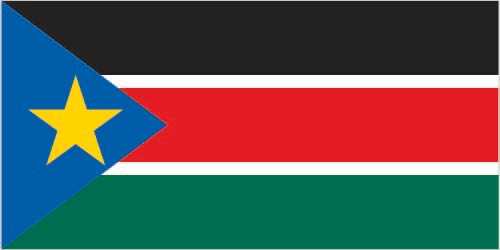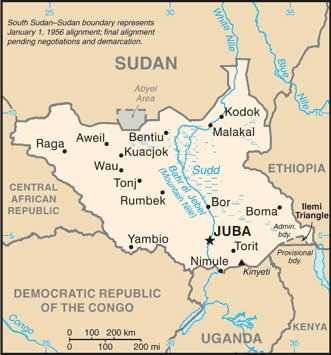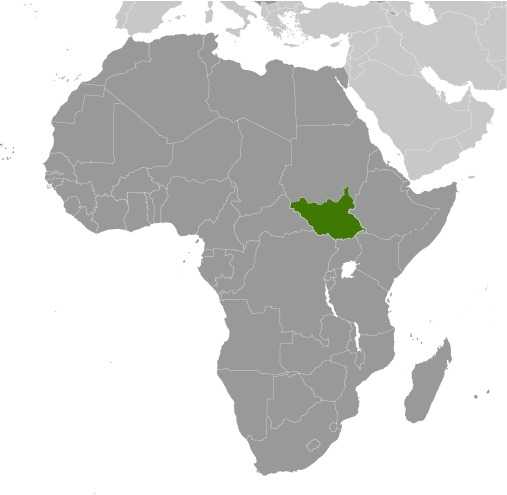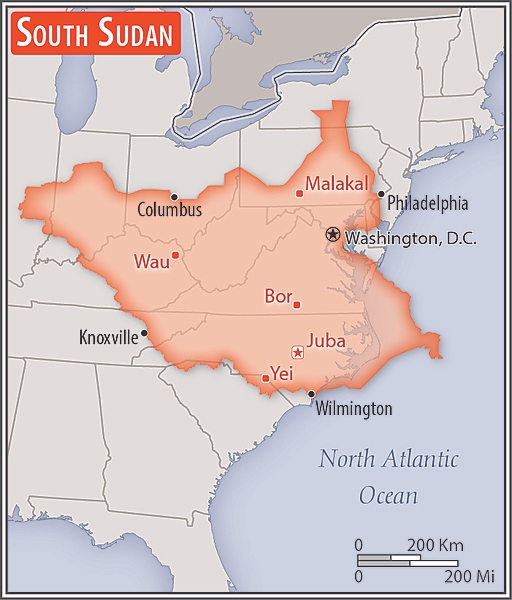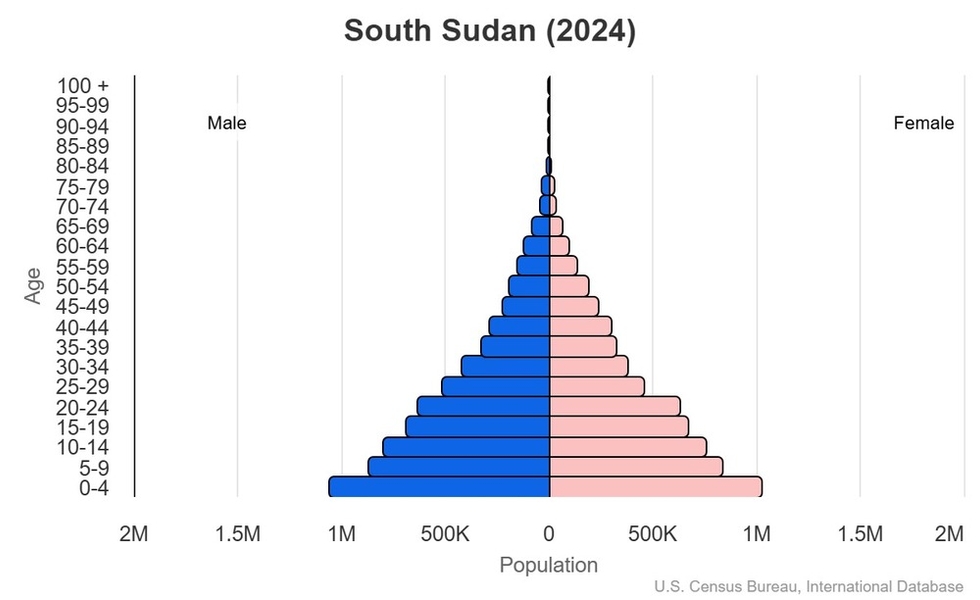Introduction
Visit the Definitions and Notes page to view a description of each topic.
Geography
People and Society
Population
comparison rankings: total 79; male 80; female 79
Languages
Median age
comparison ranking: total 217
Population growth rate
comparison ranking: 1
Birth rate
comparison ranking: 10
Death rate
comparison ranking: 65
Net migration rate
comparison ranking: 2
Maternal mortality ratio
comparison ranking: 3
Infant mortality rate
comparison ranking: total 8
Life expectancy at birth
comparison ranking: total population 220
Total fertility rate
comparison ranking: 9
Obesity - adult prevalence rate
comparison ranking: 166
Education expenditure
comparison ranking: Education expenditure (% GDP) 191
Environment
Carbon dioxide emissions
comparison ranking: total emissions 162
Government
Economy
Real GDP (purchasing power parity)
comparison ranking: 173
Real GDP growth rate
comparison ranking: 213
Real GDP per capita
comparison ranking: 218
Inflation rate (consumer prices)
comparison ranking: 209
GDP - composition, by sector of origin
comparison rankings: agriculture 71; industry 39; services 113
Industrial production growth rate
comparison ranking: 196
Labor force
comparison ranking: 85
Unemployment rate
comparison ranking: 166
Youth unemployment rate (ages 15-24)
comparison ranking: total 60
Gini Index coefficient - distribution of family income
comparison ranking: 22
Current account balance
comparison ranking: 64
Reserves of foreign exchange and gold
comparison ranking: 177
Energy
Electricity
comparison rankings: installed generating capacity 184; consumption 174; transmission/distribution losses 27
Energy consumption per capita
comparison ranking: 185
Communications
Telephones - fixed lines
comparison ranking: total subscriptions 225
Telephones - mobile cellular
comparison ranking: total subscriptions 118
Broadband - fixed subscriptions
comparison ranking: total 215
